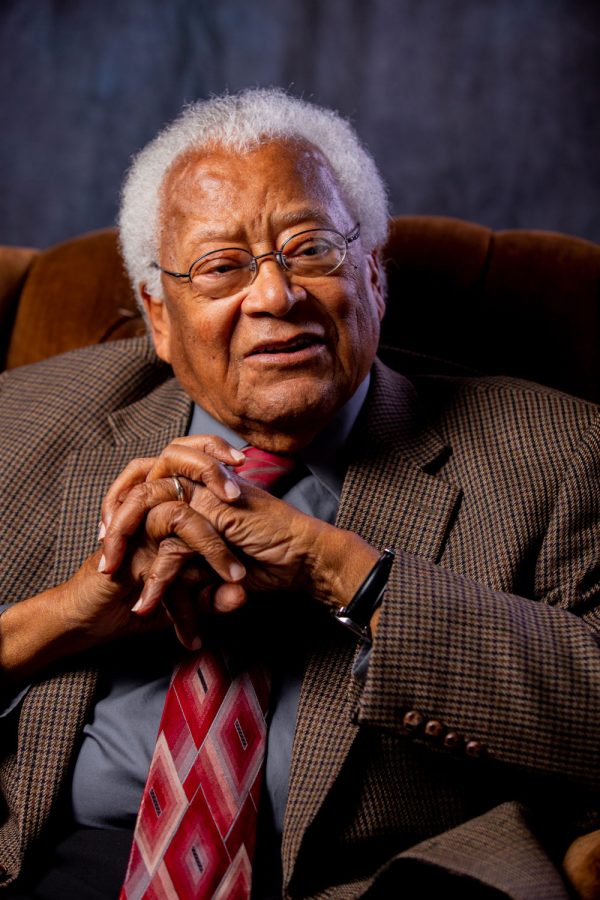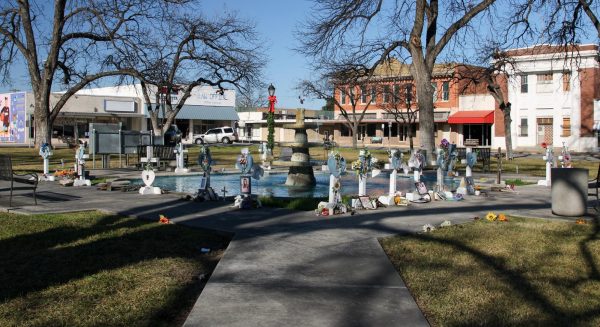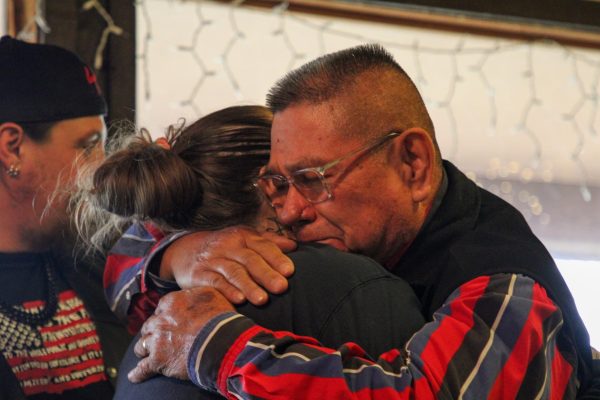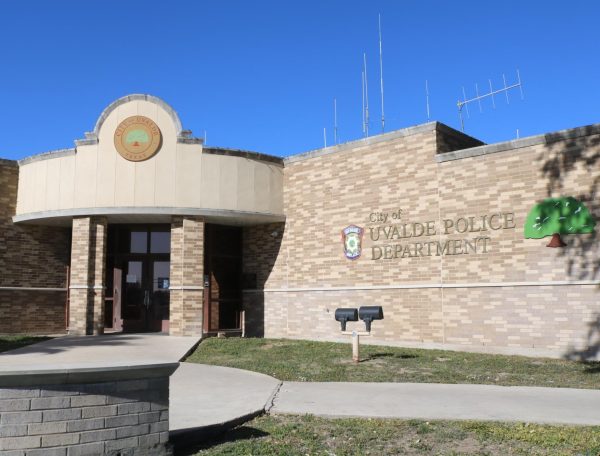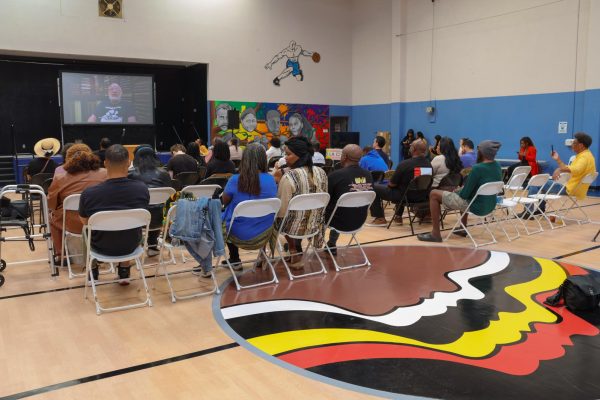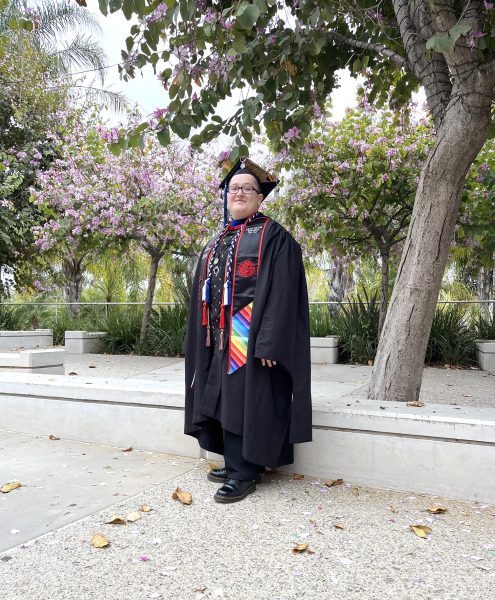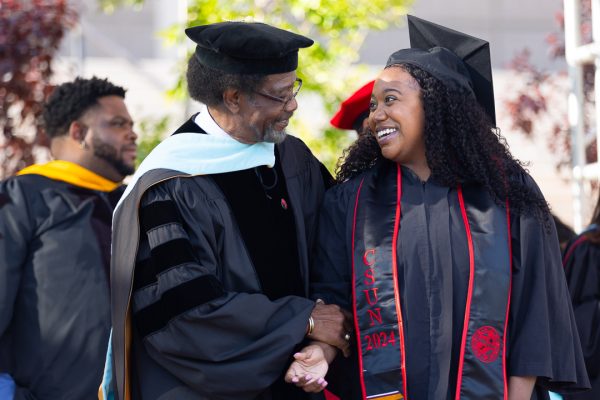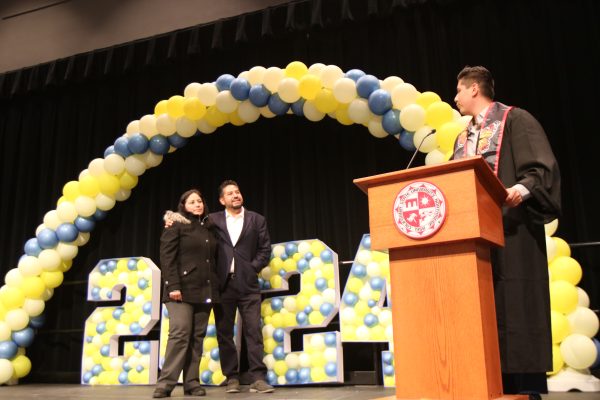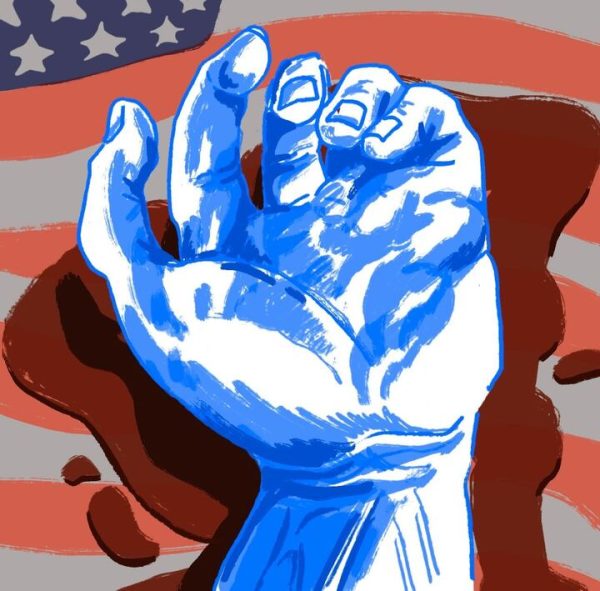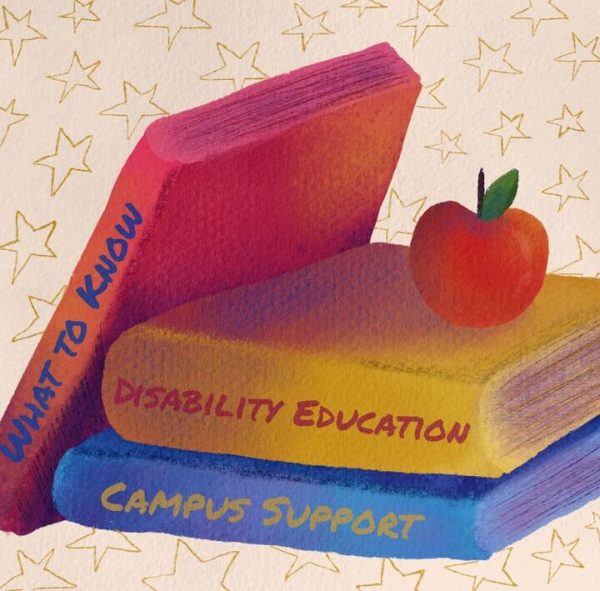A Lesson from Reverend James M. Lawson Jr.
Reverend James Lawson on Feb. 11.
February 26, 2020
Inside Manzanita Hall room 122 on Tuesday evenings, Reverend James M. Lawson Jr. teaches his students a course on social movements and nonviolent struggle, a struggle that’s close to his heart.
The former Methodist minister from Pennsylvania moved to Los Angeles in 1975, where he was the pastor at Holman Methodist Church. His work as a preacher and teacher of nonviolent struggle traces back to his work during the civil rights movement, where he organized the Freedom Rides in 1961 and created campaigns with ministers, students and other movement makers, but most notably with Reverend Martin Luther King Jr.
He tells his students at CSUN of his own experience that began as a college student and helps them see how nonviolence became a major source of information in the 20th century. He guides them to examine the campaigns from 1959 through the ’60s that changed the country and shows how students, like the ones in his classrooms, were leading those events.
“Each of us uses our gift (of life) differently and were raised differently so we have all kinds of possibilities,” said Lawson. “I’ve primarily used it across the years in opposing injustice, racism, sexism, violence and in trying to create campaigns that helps to improve upon the access people have.”
In 1958, Lawson moved to Tennessee to lead workshops on the nonviolent struggle that was used for the Montgomery Bus Boycotts. He then traveled down the Southeastern part of the U.S. to join other movement makers, supporting their efforts to desegregate and resist Jim Crow laws. He met with the Little Rock Nine students who in 1957 went to desegregate the central high school in Little Rock, Arkansas.
He said his work with them focused on how to live in a very hostile school environment in a creative manner so that they “can come out stronger as a human being.”
“If students practice the nonviolent struggle in their movements, they will discover that they can make change, they can cause even revolutionary change without violence, but they have to do it in order to discover it,” said Lawson.
With his former student Martin Luther King Jr. by his side, they applied Mahatma Gandhi’s approach to nonviolence to put an end to an era of oppression and discrimination.
“On Feb. 6, 1967, for the first time I grasped the hand and the eyes of Martin Luther King Jr. in Oberlin, Ohio. We were the same age though we did not know that when we met, shook hands, most of all we were convinced rather that through nonviolence struggle we can change the face of this nation,” said Lawson at a TEDx Talk in 2015.
Under CSUN’s Civil Discourse and Social Change Department, Lawson was asked to teach COMS 400C: Directing Oral Performance: Nonviolent Struggles, where he explores the many forms of nonviolence. As an example, he said, he talks about Rosa Parks and King’s movement, which he identifies as the most important socio-political movement that took place between 1953-1963.
“I can help teach them some of the ideas of Martin Luther King, who was our leader and founder of the nonviolent movement,” Lawson said.
Amanda Ikin, his teaching assistant, said that the lessons Lawson brings to their class challenges the students and herself to change the way they view the world and how to think about conflicts in different sizes.
“To learn to practice nonviolence is to learn how to disagree with respect and without violence,” said Ikin.
She shares the most valuable lesson she’s learned from the 91-year-old activist.
“The most important lesson I have learned from Reverend Lawson is that nonviolence is a way of life. Nonviolence is not simply a tactic that can be used to bring about change to a specific situation. Nonviolence can be self defense. Nonviolence can be compromise. But most importantly, nonviolence is love in action,” Ikin said.
For Lawson, the young leaders and movement makers from the late ’50s taught him the need to resist injustice.
“They convinced me even more that when you come up against an injustice you cannot imitate the injustice, if you imitate the theory or actions of injustice, you only increase the injustice, but when you try to resist the injustice, with justice, you can make real change in the right direction,” said Lawson.
During the Korean War, Lawson refused to be drafted and was sentenced to three years in federal prison in Kentucky and West Virginia but after serving 13 months, the United Methodist Church drafted a statement demanding his release which would send him to India.
The drastic change in geography became monumental for his future, as he studied with people who served with Gandhi and learned the principles of nonviolence while teaching for three years at Hislop College in Nagpur. His experience allowed him to disseminate the information through workshops through the Fellowship of Reconciliation where he and his students interpreted the many forms of nonviolence.
A year later, he received a call from North Carolina on Feb. 1, 1960 where four black students sat at a “whites only” lunch counter in Greensboro, the first wave of sit-ins that would take place across 100 southern cities.
All the same, his dedication to the nonviolent struggle stems from his appreciation of the greatest gift there is: human life.
“I see that human life is a gift, from my point of view it comes from creation and god and that there is nothing in the universe that we know of that is like the gift of human life,” said Lawson. “Out of 50 billion or so living things that have taken place on earth, we have not discovered any other form of life like human life, that life is powerful and that we have to accept that gift of life and explore what it means to exist and to be as a human being and then to practice the capacities.”
He feels that at the university level, those who teach do not always help students recognize that their life is an extraordinary gift with the ability to work, love and live. In every place one can find his work, he reminds his readers of their gift. A Google search shows a YouTube video of his TEDx Talk where one can see him raise his hands and, in a deep voice, proclaim, “You must build a life, your life!”
In the same talk he explains that education is the discourse where people can learn to exploit life, because it’s not about popularity or money, but how one learns to take advantage of their life.
Creativity and compassion for Lawson are essences of life, so he tells anyone to look into the lives and works of people who knew life was light and power, and begins to list his references: Gandhi, Rosa Parks, Martin Luther King Jr., Congressman John Lewis, Diane Nash, Eleanor Roosevelt and even Jesus of Nazareth.
With power and light comes faith, which he says Gandhi would insist people who want to engage in social change to have faith.
“Faith enough not to use the language of hatred or to use the language of sexism or to use the language of fear to not be a bully of people at all,” said Lawson.
In light of recent struggles of students and faculty demanding an increase in faculty diversity at CSUN, Lawson shares a piece of advice.
“If you want diversity in the faculty, you have to go after the administration and the Cal State University system and that can be done,” Lawson said. “For example, our movement in the ’60s pushed congress to pass the civil rights bill of 1964, which said that no public or private institutions can practice discrimination and employment against women and people of color or for religious reasons or for reasons where people were born. It is that bill that began to change the universities in terms of faculty diversity, so maybe there is a need for state legislative action to do the continuing work of making faculties more diverse, especially in state colleges.”
